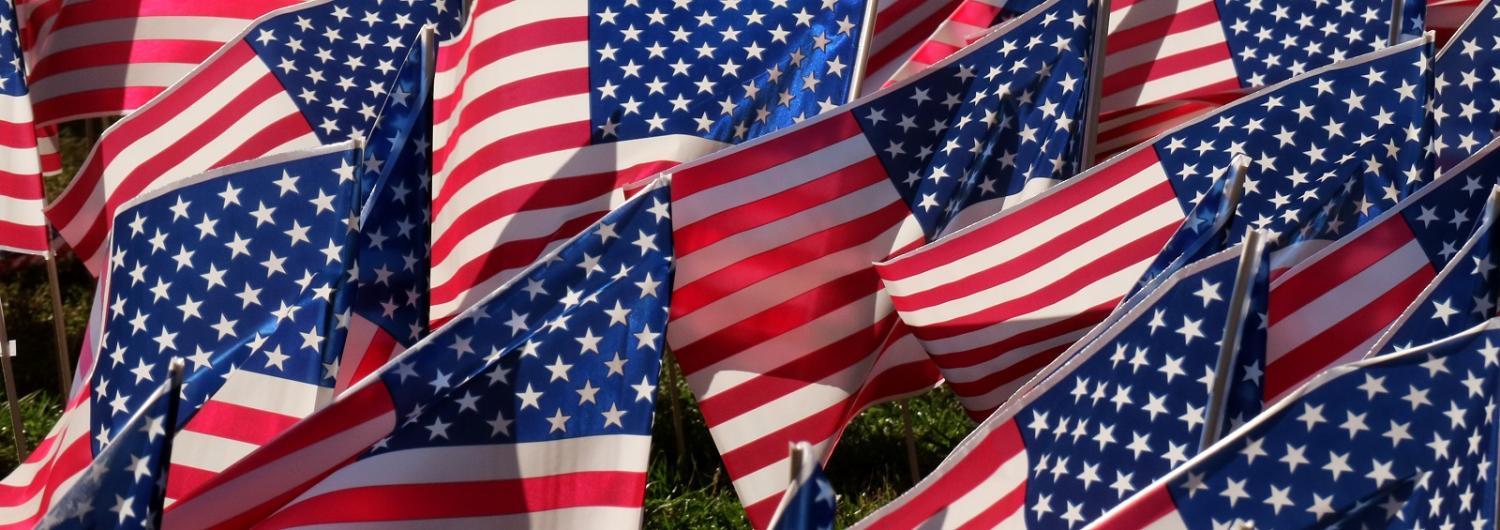Whatever its starting point, every conversation I’ve had about the state of the world over the past six weeks has quickly reverted to the question of Donald Trump and ended with some variation on a fatalistic 'We just don’t know what will happen'. The inchoate and contradictory policy positions Trump expressed during the campaign and the unprecedented lack of experience in his nominees for high office make any predictions impossible.
Except one: Australian policy makers are about to face some difficult foreign policy questions and most of them will revolve in some way around our relationship with the United States. So James Curran’s terrific new Lowy Paper Fighting with America couldn’t be more timely.
Whatever the results of the 2016 American election, it was always going to get harder for Australia to manage the US relationship. China’s growing power and Australia’s very different set of economic interests made that certain. The period when successive Australian governments could insist that we did not have to choose between our security relationship with the United States and our economic ties with China has ended.
James’s argument for an Australia that can say no is grounded in his historical account of the way Australian leaders have thought about the ANZUS treaty and the obligations it imposes on us. He shows how it has shifted over time from an assurance about a resurgent Japan to a global alliance against salafi-jihadist terrorism centred on the Middle East. The way we talk about it has changed too. Some time after the turn of the century the alliance gained a capital letter – like the Almighty – in some official documents.
Through all the changes James describes, one thing has remained constant: the assertion by every Australian government that the alliance is based on an alignment of shared interests and values.
That’s never been quite true. Our interests, as he shows, have quite often differed in the past – over Indonesia, West New Guinea, East Timor and elsewhere. And you could add additional economic examples such as the sharp differences between Canberra and Washington over US economic policy towards Japan in the early 1990s.
But values - a common commitment to democracy, the rule of law, a rules-based international system - have been the building blocks of trust, on which the whole alliance has rested. The Trump administration may challenge that, however. The president-elect seems to have no particular commitment to democratic norms, certainly not in the international space. He has made clear his opposition to important elements of the open global trading system. And he came close at several points during his campaign to challenging the rule of law (by threatening to lock up Hillary Clinton, for example). History can’t tell us much about how Australia handles a US Administration which diverges from us on questions of values.
So an additional question emerges from James’s research: not just whether Australia can fight with America, but how we should do so.
Of all the parts of the American policy establishment most damaged by the election results none was more battered than the foreign policy elite. Hugh White speculated about the reasons in a recent piece for The Atlantic.
But history has not ended with the election of Donald Trump. The temporary triumph of nativist sentiments doesn’t invalidate the aspirations of those American policy advisers who see the benefits of engaging creatively and constructively in support of a liberal and stable international order.
Australia needs to act in ways that will support a return to those American policy goals which, by any measure, are in our interests and those of the global system as a whole.
The first requirement is to know what we want and to be able to articulate it clearly. You can only signal effectively if you know what your message is. What sort of posture do we want to encourage from the United States in Asia? How do we want it to respond to Chinese behaviour? What do we see as the role of the US alliance system?
The second requirement is to keep our options open in the period ahead as we wait to see what US policy under Trump turns out to be and how others react to it. There’s no need for, or point in, heroic gestures at this stage. The ANZUS treaty, as James reminds us, has been around for a long time and can accommodate change.
Third, we will need to work harder in Washington to reinforce our message and to strengthen those elements in the United States that share our interests. Sometimes this will involve public diplomacy, sometimes quiet words behind closed doors. We will need to engage all the branches of the US government and the broader policy world beyond it.
And fourth, it means remembering that Australian foreign policy involves more than the US alliance. We are ourselves an actor in the unfolding drama, with our own set of relationships, experiences and options. Building resilience in the region to cope with the shocks to come is not a function of the US -Chinese relationship alone and cannot be left to them.
There will be diplomatic and possibly military costs to Australia in doing all this. But the costs of not doing so are rising by the day.
Allan Gyngell is an Adjunct Professor at the Crawford School of Public Policy at the ANU. His history of Australian foreign policy, Fear of Abandonment: Australia in the World Since 1942, will be published in April 2017 by La Trobe University Press.
Photo by Gary Hershorn/Getty Images
